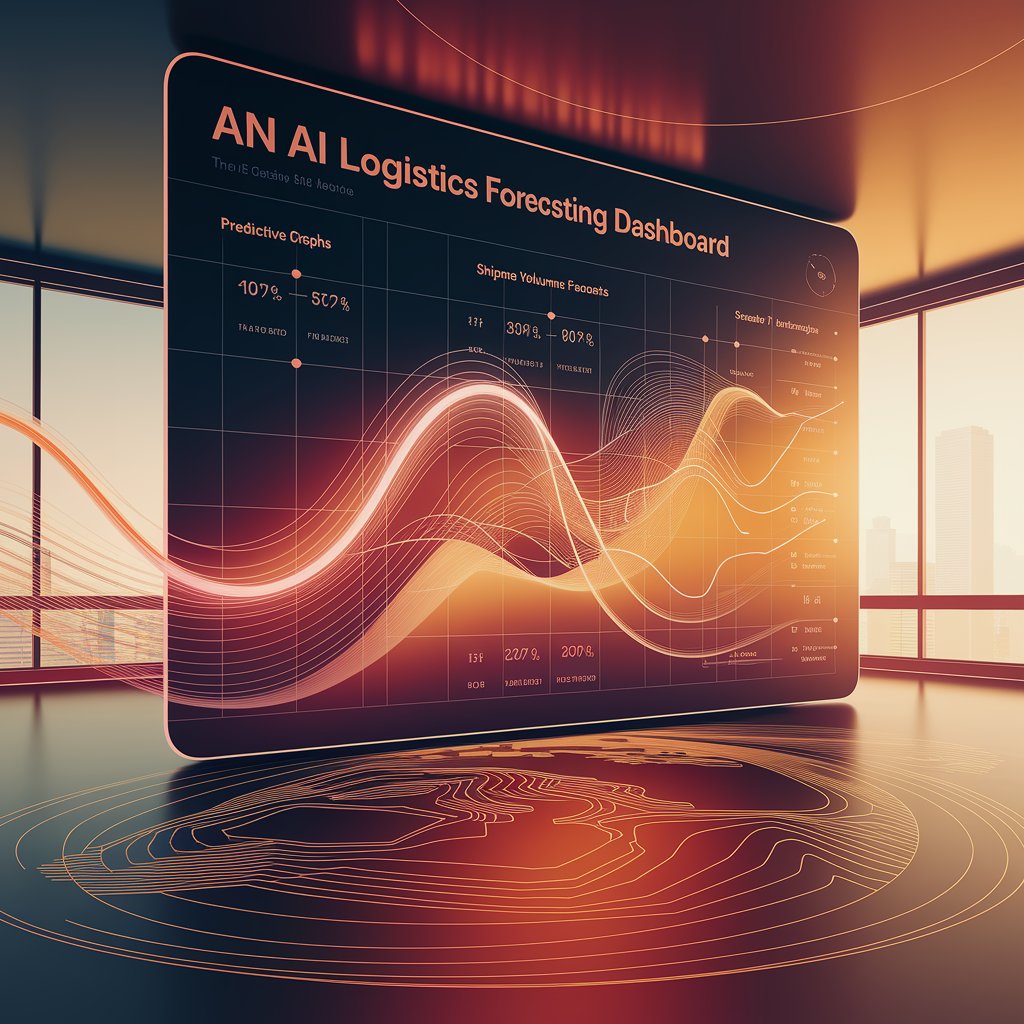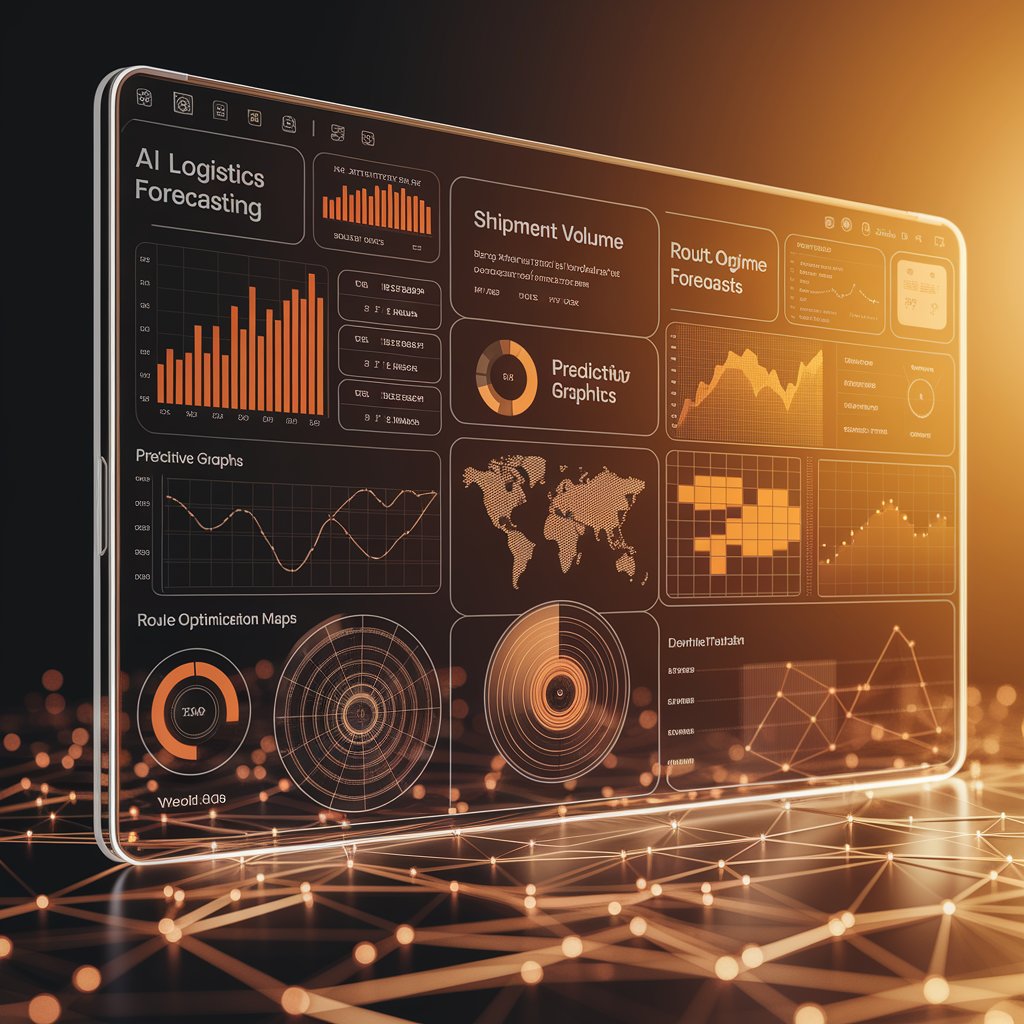AI Logistics Forecasting: Predicting Supply Chain Performance with Precision

Introduction
That’s where AI logistics forecasting by Linbis steps in.
By leveraging artificial intelligence and predictive analytics, Linbis enables logistics companies to forecast trends, optimize capacity, and prevent disruptions before they happen.
This is more than prediction — it’s operational foresight powered by data.
Step 1: Integrating Real-Time Data
The foundation of Linbis forecasting starts with data integration across the entire logistics network:
- TMS and WMS systems for shipment and warehouse activity.
- Carrier APIs providing real-time tracking and performance data.
- ERP and CRM platforms supplying sales and demand insights.
- External data sources such as weather, fuel prices, and trade patterns.
Linbis consolidates this data into a single, AI-ready model that continuously updates as new information flows in.
Step 2: Machine Learning Forecast Models
Linbis uses advanced machine learning algorithms that analyze years of logistics data to generate predictions such as:
- Future shipment volumes by region or customer.
- Carrier availability and transit time forecasts.
- Warehouse throughput and labor requirements.
- Demand surges triggered by seasonal or market patterns.
The system continuously learns from historical and live data, ensuring each forecast becomes more accurate over time.
Step 3: Predictive Route and Capacity Planning
AI forecasting isn’t just about numbers — it’s about decisions.
Linbis applies predictive models to optimize transport and resource planning:
- Anticipates capacity shortages and reroutes shipments automatically.
- Recommends optimal delivery windows based on forecasted congestion.
- Predicts fleet performance and maintenance needs.
- Balances inbound and outbound flows to avoid bottlenecks.
The result is a logistics network that plans itself — anticipating the future, not reacting to it.

Step 4: Automated Decision Triggers
Linbis connects AI forecasts directly to automation workflows:
- When demand spikes, the system triggers order allocation or fleet expansion.
- If delays are predicted, it adjusts ETAs and alerts customers automatically.
- When warehouse saturation is forecasted, it redistributes inventory in advance.
- For cost fluctuations, it recalculates freight rates dynamically.
Every forecast becomes a real-time operational trigger, not just a report.
Step 5: Visual Forecast Dashboards
Linbis turns predictive analytics into clear, visual intelligence with AI dashboards:
- Shipment volume projections by region or carrier.
- Route performance forecasts with risk heatmaps.
- Demand vs. supply curves in real time.
- Scenario simulation tools to test “what if” conditions.
Decision-makers gain instant visibility and confidence in every forecast.
Step 6: Risk and Disruption Prediction
AI forecasting goes beyond planning — it identifies risks before they cause delays:
- Detects geopolitical, climate, or customs disruptions.
- Monitors supplier and carrier reliability scores.
- Predicts inventory shortages or excess capacity.
- Suggests preventive rerouting or alternative partners.
Linbis gives logistics teams the ability to adapt instantly to external shocks — ensuring resilient operations.

Advanced Features
- Machine learning models for demand and capacity forecasting.
- Predictive routing and resource optimization.
- Automated operational triggers and decision workflows.
- Real-time visualization and KPI dashboards.
- Adaptive learning for continuous improvement.
Real-World Example 🚛
A freight forwarder in Spain implemented Linbis AI logistics forecasting to plan operations for the holiday surge.
After one quarter:
- Forecast accuracy improved by 41%.
- Delays decreased by 22%.
- Fleet utilization increased by 29%.
They now plan proactively, saving costs and improving customer satisfaction with every shipment.

Benefits 📈
- Accuracy: Predict logistics performance with data, not intuition.
- Speed: React instantly to dynamic demand changes.
- Efficiency: Optimize routes, carriers, and resources automatically.
- Resilience: Detect and prevent disruptions early.
- Growth: Scale operations intelligently through predictive planning.
Conclusion
With AI logistics forecasting, Linbis empowers logistics professionals to move beyond traditional planning.
By combining machine learning, automation, and real-time analytics, Linbis transforms logistics forecasting into a strategic tool for agility, precision, and growth.
In logistics, the smartest move isn’t reaction — it’s prediction.
